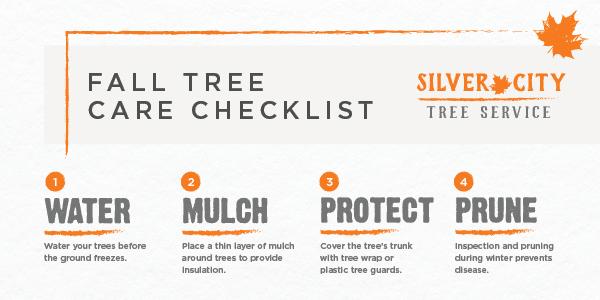Watch For Vital Signs That Indicate Your Tree Might Be A Danger; Identifying These Can Help Safeguard Your Building And Those You Care About.What Should You Watch On Next?
Watch For Vital Signs That Indicate Your Tree Might Be A Danger; Identifying These Can Help Safeguard Your Building And Those You Care About.What Should You Watch On Next?
Blog Article
Web Content Writer-McDonald Skovsgaard
When it pertains to tree care, acknowledging the indications that it's time for removal is crucial for your security and residential property. You could see stained fallen leaves, wilting branches, or odd fungal developments indicating illness. Structural issues, like a considerable lean or fractures in the trunk, can likewise position risks. Recognizing these indication can aid you make informed decisions concerning your trees and prevent potential hazards hiding in your backyard. What should you try to find next?
Signs of Decay and Disease
When you notice indications of decay and illness in your trees, it's vital to act promptly. Seek stained leaves, wilting branches, or uncommon growths like fungi. These can indicate that your tree is struggling.
If you see cracks in the bark or soft, mushy timber, these signs recommend interior decay. In https://www.bobvila.com/slideshow/the-most-beautiful-chicken-coops-we-ve-ever-seen-44309 , an unexpected increase in bugs around your tree can signify that it's damaged and susceptible.
Check for any type of dead or dying limbs, as they posture a danger to your residential or commercial property and security. If you doubt about what you see, speaking with an arborist can provide clarity.
Addressing these indicators early can save you from much more comprehensive damages and guarantee the wellness of your backyard. Don't wait up until it's far too late.
Structural Instability and Leaning
As you observe your trees, keep an eye out for any indications of architectural instability or leaning. If a tree leans significantly, it might show that the origin system is jeopardized.
Look for any cracks in the trunk or dirt around the base; these can signal possible failure. Additionally, check for uncommon growth patterns, like an uneven crown, which might recommend that the tree is struggling to hold itself upright.
If you observe that the tree leans toward your home, power lines, or various other frameworks, it presents a greater risk. Do not overlook these indications-- consult an arborist to analyze the circumstance.
Acting early can avoid costly damages and ensure your safety.
Dead or Dying Branches and Foliage
If you notice dead or dying branches and foliage on your tree, it's a clear sign that something's wrong.
These unhealthy locations can indicate underlying issues like disease, insect invasions, or environmental tension. When branches lose their leaves or transform brownish, they're no more adding to the tree's health and wellness. Disregarding these indicators might result in additional decrease, making your tree much more hazardous.
Dead branches can quickly break short throughout tornados, posing a threat to home and people close by. It's critical to analyze the degree of the damages.
If the trouble affects a considerable part of the tree, take into consideration consulting a professional. They can assist identify if elimination is required to guarantee safety and security and keep the charm of your landscape.
Conclusion
If you discover any type of signs of decay, architectural instability, or dead branches on your trees, don't overlook them. These indications can pose serious security risks to you and your building. It's always best to seek advice from an expert arborist who can offer a professional analysis of your trees. Taking action early can prevent accidents and pricey damages, ensuring your landscape remains safe and healthy and balanced. Bear in mind, it's much better to be proactive about tree care than to await a calamity to take place.
